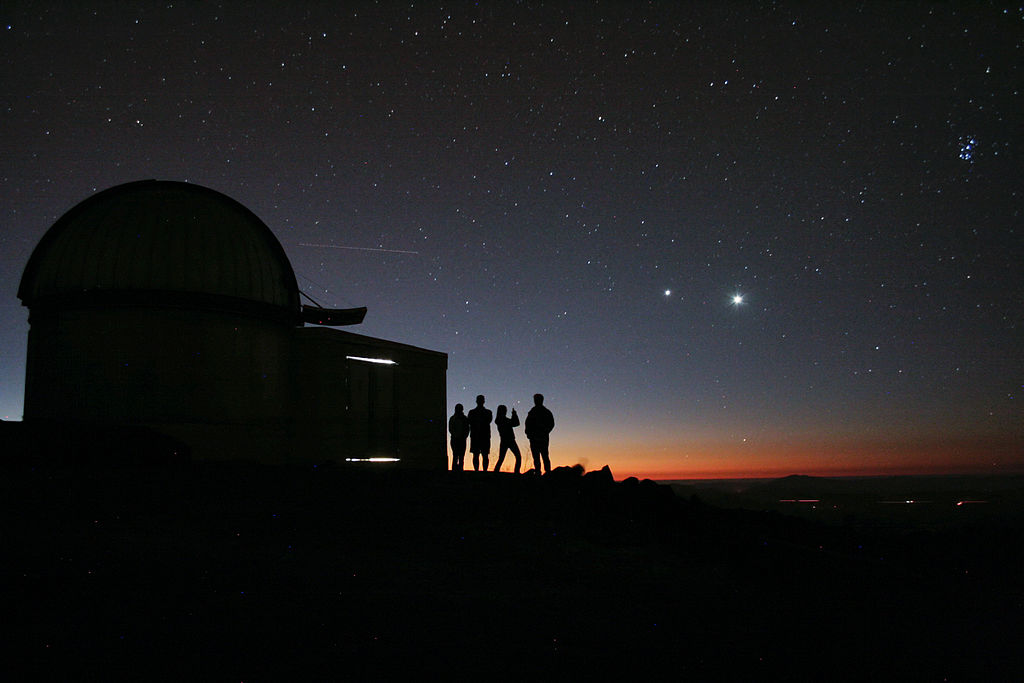NASA Discovers Seven Earth-Sized Planets

By:
Seven "Earth-sized" planets orbiting a star about 40 light years away were recently discovered, the National Aeronautics and Space Administration (NASA) announced on Wednesday.
Three of those planets are located within a habitable zone — meaning they're close enough to the star that they could have liquid water. Astronomers believe these planets could sustain life.
NASA named the solar system TRAPPIST-1, which stands for Transiting Planets and Planetesimals Small Telescope.
"This discovery could be a significant piece in the puzzle of finding habitable environments, places that are conducive to life," Thomas Zurbuchen, associate administrator of NASA's Science Mission Directorate, said in a press release. “Answering the question ‘are we alone’ is a top science priority and finding so many planets like these for the first time in the habitable zone is a remarkable step forward toward that goal."
Here's what you need to know about the discovery.
 Wikimedia - wikimedia.org
Wikimedia - wikimedia.org
- NASA's Spitzer Space Telescope detected a record-number of Earth-sized planets orbiting a single star outside of our solar system.
- The planets are "relatively close to us," NASA announced Wednesday. The planets' orientation also allow for detailed studies of the system.
- All of the planets have been described as rocky, but further studies could turn up evidence of large bodies of water on three of the planets.
- Two other telescopes — the Hubble Space Telescope and the James Webb Telescope — are set to explore the molecules in the solar system as well as the infrared light emitted from the planets, The New York Times reported.
"This is the most exciting result I have seen in the 14 years of Spitzer operations," Sean Carey, manager of NASA's Spitzer Science Center, said in a press release. "Spitzer will follow up in the fall to further refine our understanding of these planets so that the James Webb Space Telescope can follow up. More observations of the system are sure to reveal more secrets."
